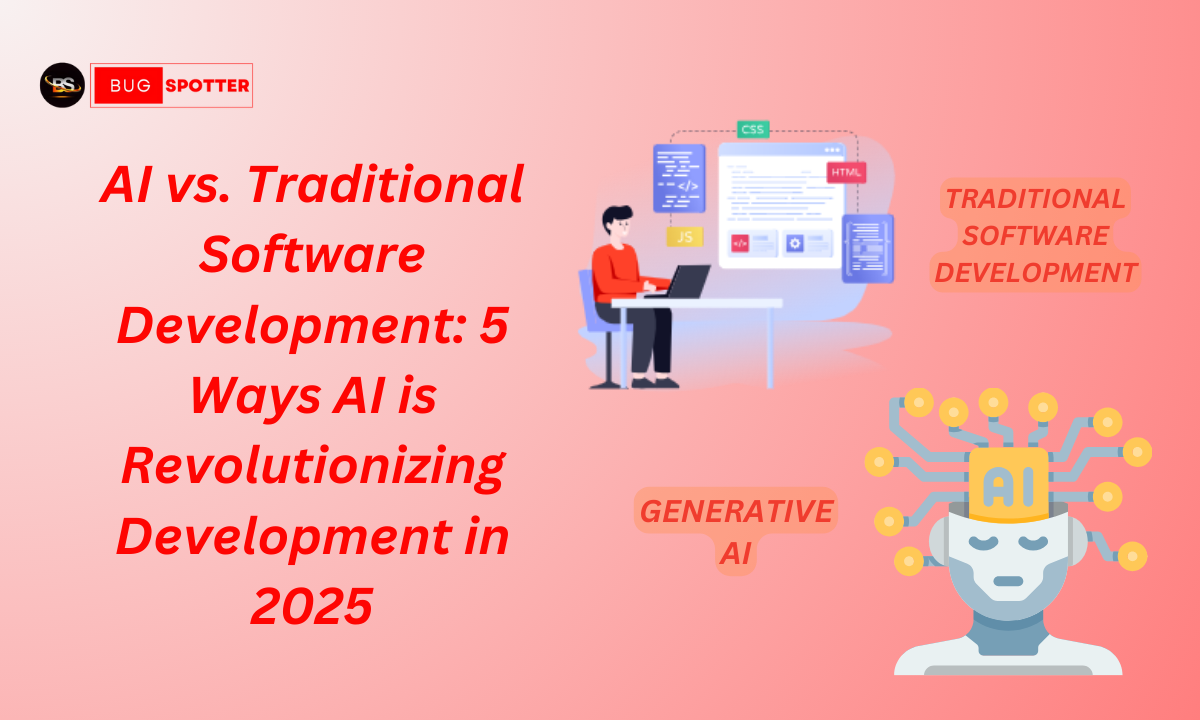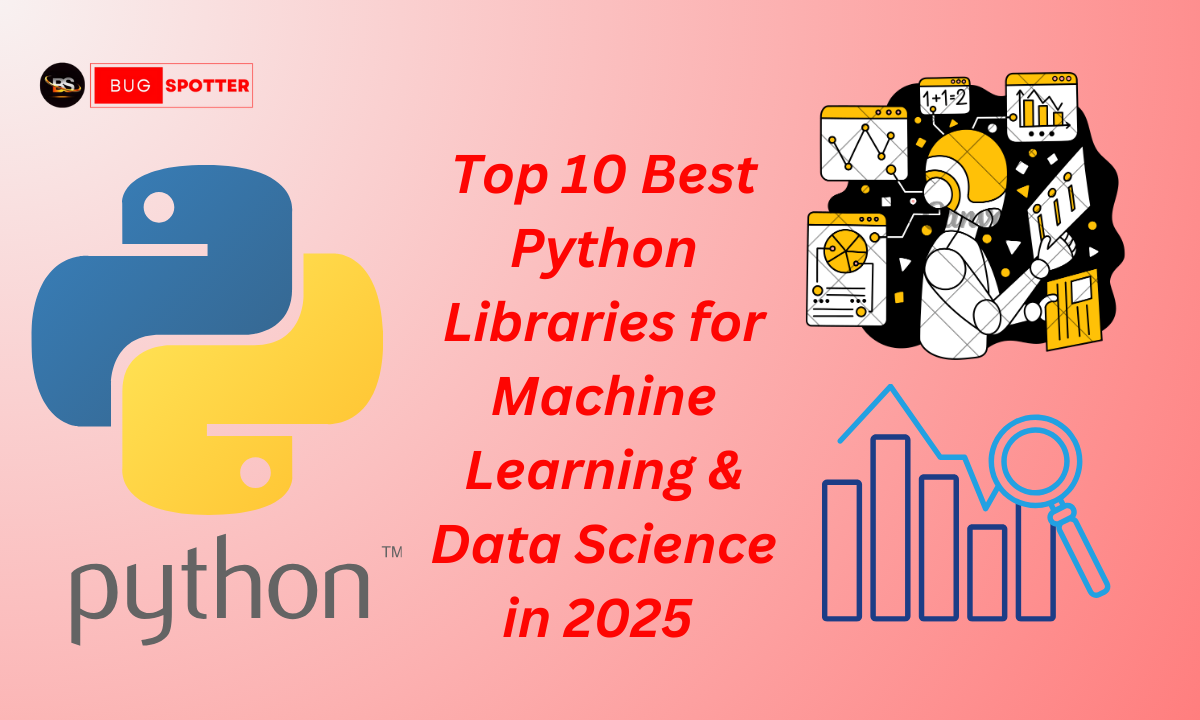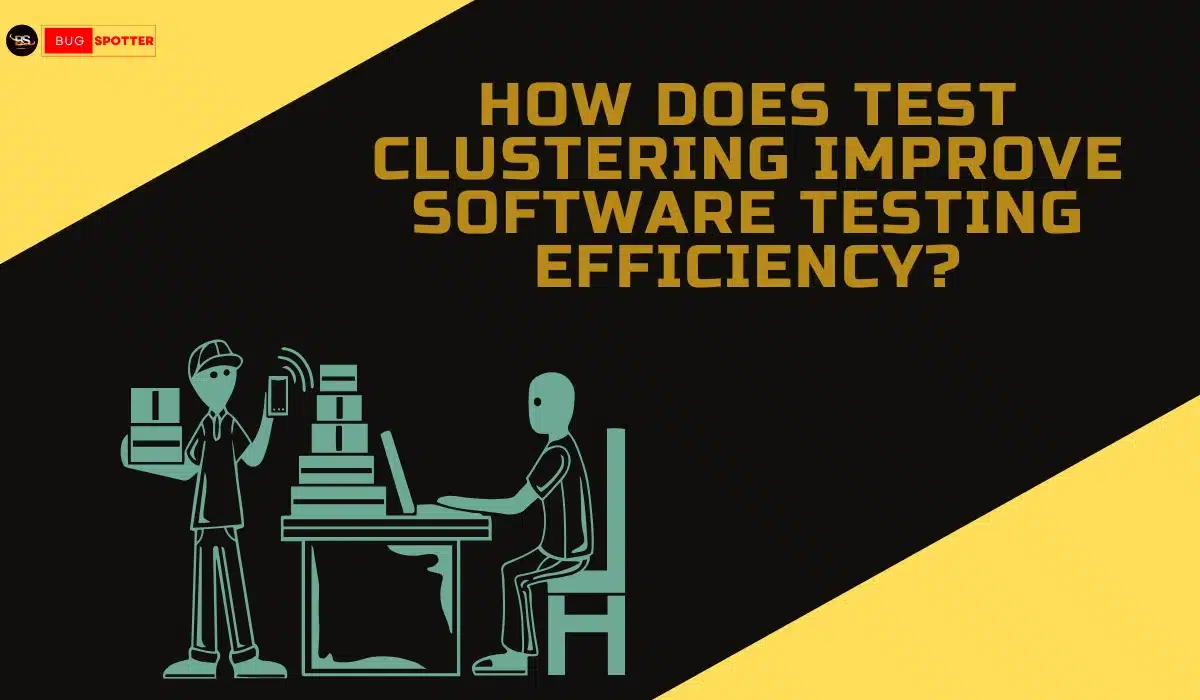Logical Program for python
Logical Programming in Python
Logical programming is a paradigm that focuses on formal logic to solve problems. Unlike procedural programming, which follows step-by-step instructions, logical programming relies on defining facts and rules to infer conclusions. Python, being a versatile language, supports logical programming through various libraries and techniques. This paradigm is particularly useful for solving complex problems that require logical reasoning and inference, making it ideal for artificial intelligence, rule-based systems, and constraint satisfaction problems.

Why Use Logical Programming?
Logical programming allows for declarative problem-solving, where you specify what needs to be achieved rather than how to achieve it. This approach is useful in fields such as artificial intelligence, expert systems, and automated reasoning.
Some advantages include:
-
Better abstraction: Focus on defining relationships rather than step-by-step execution.
-
Efficient problem-solving: Ideal for problems like scheduling, reasoning, and inference.
-
Expressive representations: Use logic rules to model complex scenarios concisely.
-
Scalability: Logical programming is well-suited for handling large knowledge bases and automated reasoning tasks.
-
Reduction in errors: By focusing on declarative statements, logical programming reduces common programming errors found in procedural coding.
Key Concepts in Logical Programming
- Facts and Rules: Logical programs are based on known facts and rules that derive new conclusions. Facts represent known truths, while rules define logical relationships. These are similar to database records but operate within an inference system.
- Inference Engine: This is the mechanism that applies logical rules to infer results, enabling reasoning over facts and deriving new information. The inference engine processes queries based on existing knowledge and relationships.
- Backtracking: A technique used to explore multiple possibilities and find the correct solution by systematically testing different paths. If one solution path fails, backtracking ensures alternative routes are explored.
- Unification: A key concept in logical programming where variables are matched with values to satisfy logical expressions. This technique is crucial in rule-based systems and theorem proving.
- Declarative Nature: Instead of defining sequences of steps, the programmer specifies relationships and constraints, and the logic engine determines the solution. This makes programs more concise and easier to understand.
- Recursion: Logical programming often relies on recursion for solving problems by breaking them into smaller subproblems. Recursive definitions allow complex problems to be defined in simple terms.
Implementing Logical Programming in Python
Python provides libraries such as sympy, pyDatalog, and constraint to support logical programming. These libraries allow users to define logic-based relationships and solve constraint problems efficiently.
Example 1: Using pyDatalog for Logical Programming
from pyDatalog import pyDatalog
pyDatalog.create_terms('X, Y, father')
# Defining relationships
+father('John', 'David')
+father('David', 'Michael')
# Querying the relationship
print(father(X, Y))
This example sets up a basic logical relationship using facts.
Example 2: Solving Constraint Problems
from constraint import Problem
problem = Problem()
problem.addVariable("x", range(10))
problem.addVariable("y", range(10))
problem.addConstraint(lambda x, y: x + y == 10, ("x", "y"))
solutions = problem.getSolutions()
print(solutions)
This program finds pairs of numbers whose sum is 10.
Example 3: Using sympy for Symbolic Logic
from sympy import symbols, Eq, solve
x = symbols('x')
equation = Eq(2*x + 5, 15)
solution = solve(equation, x)
print(solution)
This example demonstrates solving logical expressions symbolically using sympy.
Example 4: Rule-Based Reasoning with pyDatalog
from pyDatalog import pyDatalog
pyDatalog.create_terms('X, Y, parent, grandparent')
# Defining parent relationships
+parent('Alice', 'Bob')
+parent('Bob', 'Charlie')
# Defining grandparent rule
grandparent(X, Y) <= parent(X, Z) & parent(Z, Y)
# Querying the grandparent relationship
print(grandparent(X, Y))
Applications of Logical Programming
Expert Systems: Used in medical diagnosis and legal reasoning.
Artificial Intelligence: Plays a crucial role in decision-making, chatbots, and game development.
Automated Planning: Used in robotics and logistics for scheduling tasks efficiently.
Constraint Solving: Applied in optimization problems like resource allocation and scheduling.
Knowledge Representation: Logical programming helps model relationships and dependencies in knowledge-based systems.
Natural Language Processing: Used in semantic analysis, understanding, and machine translation.
Cybersecurity: Applied in automated reasoning to detect vulnerabilities and prevent security threats.
Database Querying: Logical programming concepts are used in advanced SQL queries and data analytics.
Challenges in Logical Programming
Computational Complexity: Some logical problems can be computationally expensive to solve, especially with large datasets.
Learning Curve: Logical programming requires a different mindset compared to procedural programming, making it challenging for beginners.
Limited Libraries: Python’s support for logical programming is not as extensive as languages like Prolog, which is specifically designed for logical reasoning.
Debugging Complexity: Errors in logical rules can be difficult to trace due to implicit execution order, requiring careful debugging and validation.
Performance Issues: Logical reasoning can be slower than traditional procedural approaches, particularly in real-time applications.
Expressiveness Trade-offs: While logical programming offers powerful expressiveness, some problems require procedural constructs for efficient implementation.
Latest Posts
- All Posts
- Software Testing
- Uncategorized
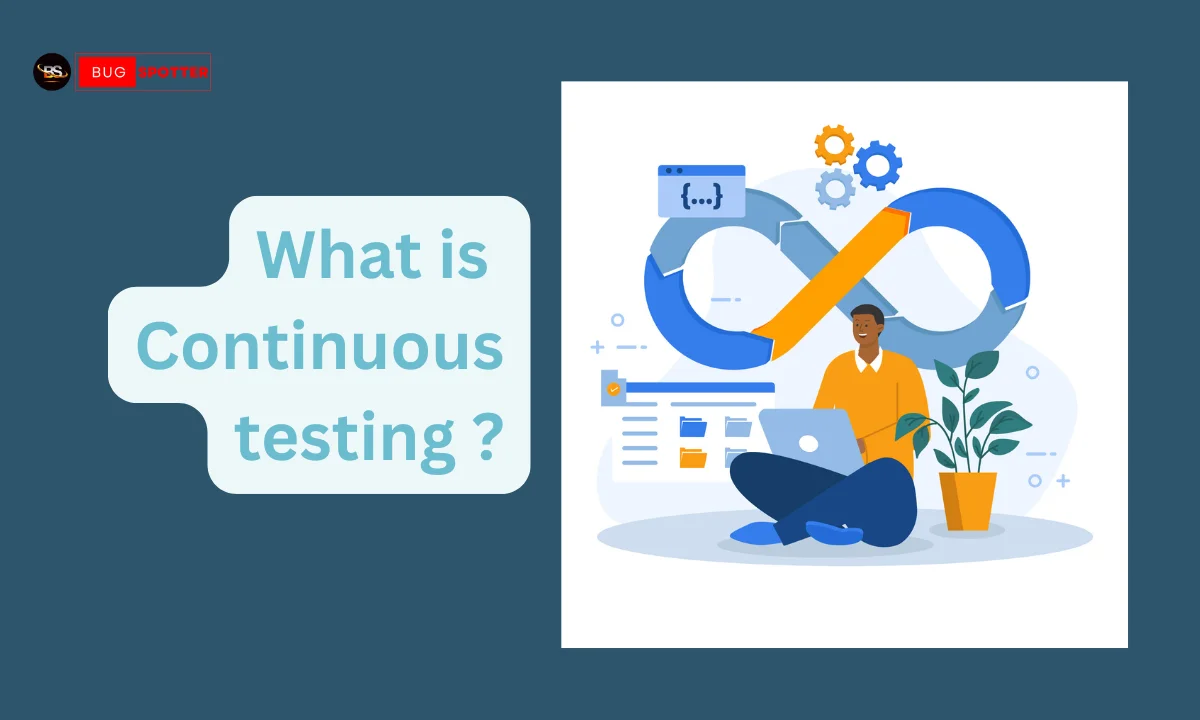


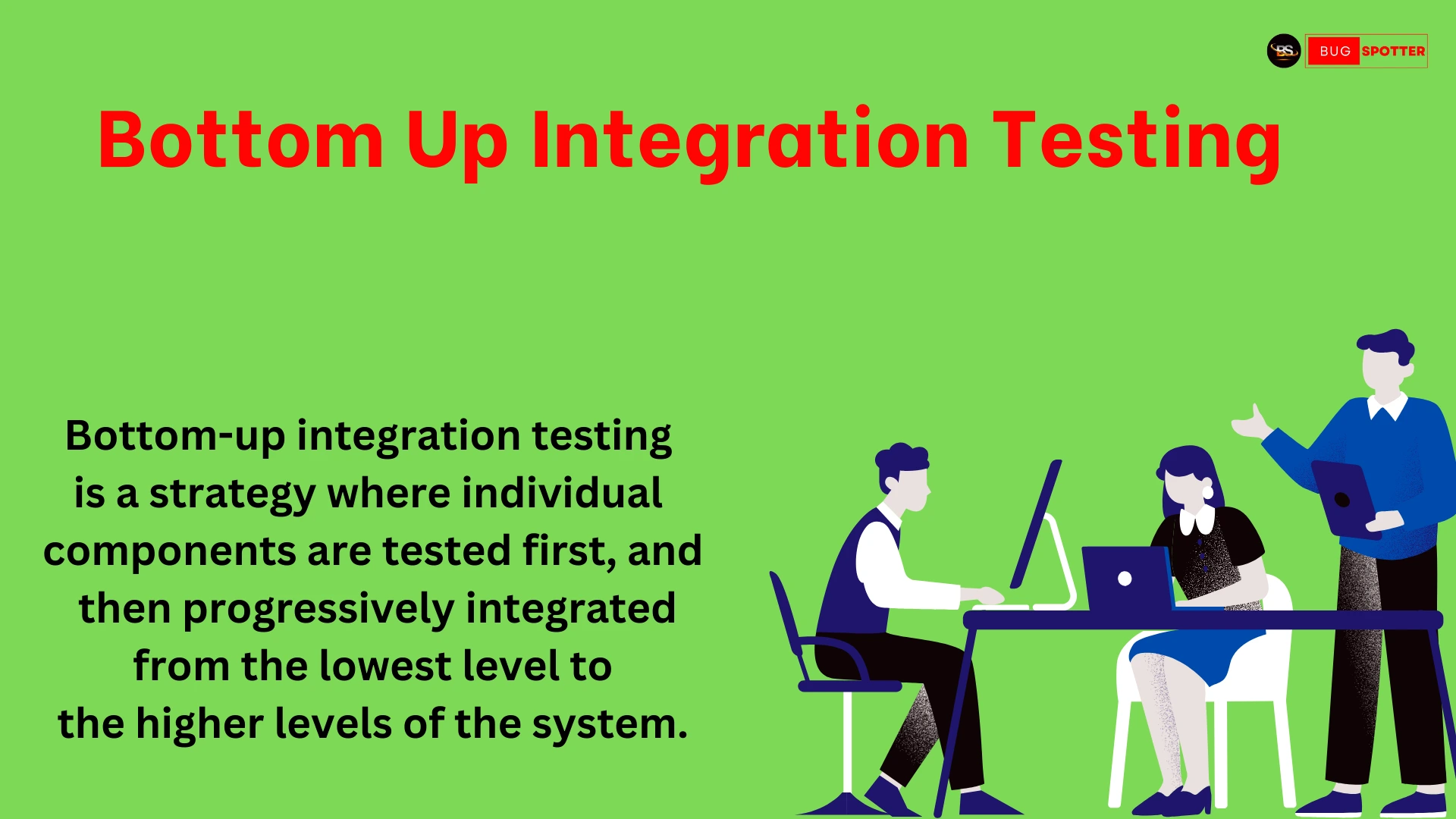

Categories
- Artificial Intelligence (5)
- Best IT Training Institute Pune (9)
- Cloud (2)
- Data Analyst (55)
- Data Analyst Pro (15)
- data engineer (18)
- Data Science (104)
- Data Science Pro (20)
- Data Science Questions (6)
- Digital Marketing (4)
- Full Stack Development (7)
- Hiring News (41)
- HR (3)
- Jobs (3)
- News (1)
- Placements (2)
- SAM (4)
- Software Testing (70)
- Software Testing Pro (8)
- Uncategorized (33)
- Update (33)
Tags
- Artificial Intelligence (5)
- Best IT Training Institute Pune (9)
- Cloud (2)
- Data Analyst (55)
- Data Analyst Pro (15)
- data engineer (18)
- Data Science (104)
- Data Science Pro (20)
- Data Science Questions (6)
- Digital Marketing (4)
- Full Stack Development (7)
- Hiring News (41)
- HR (3)
- Jobs (3)
- News (1)
- Placements (2)
- SAM (4)
- Software Testing (70)
- Software Testing Pro (8)
- Uncategorized (33)
- Update (33)



